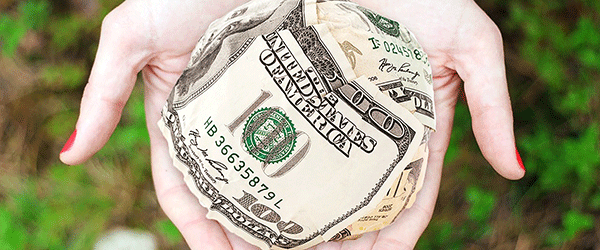Donating to charities has never been more prolific than it is at this very moment. Yet, with wide-reaching (read: expensive) awareness campaigns and reports of exorbitant overheads, it’s never been more challenging to donate to the most effective charities.

By that, we mean those in which your donation will mostly be spent on a charity’s mission and not peripheral activities. To use us as an example, 95 cents of every donated dollar goes directly to our programs and services. Each dollar also leverages between $8 and $9 in additional support, which puts Norwescap’s impact on the communities it serves at well over $70 million.
Unfortunately, we tend to be the exception rather than the norm. These days, you need to rely more on your head than your heart to see that your donations are well spent on the causes you care about. Here are a few strategies to help with that.
Google a cause
Unless you already have a charity in mind, start as you would with researching anything and Google a cause (or causes) that’s close to your heart. That should yield at least a few charities that are worth your consideration.
Dig a little deeper
From there, seek out a navigator to help you dig a little deeper. GuideStar is a good place to start. It contains records from 1.8 million nonprofits registered with the Internal Revenue Service, as well as thousands of faith-based organizations that aren’t required to register with the IRS.
The free component of the website provides access to each organization’s Form 990, the document that nonprofits are required to file with the IRS. That’ll provide you with some basic information, like the charity’s income, spending, mission, and executive salaries.
Generally, a good benchmark for an effective charity is having at least 75% of its income spent on its mission.
Be cautious of solicitors
This due diligence may sound like overkill, but consider for a moment just how many emails you’ve received this week alone that solicited money for one reason or another. So this becomes a means not just to ensure that your donation’s being used as you hope it would be but also to steer away from scammers, of which there are many.
Sometimes, they’re relatively easy to spot. They’ll ask for your donation in cash, by gift card, or by wiring money. As a rule, only pay by credit card or check, and review your statements every month to make sure you’ve only been charged the amount you agreed to donate.
More often, however, scammers are difficult to decipher from legitimate nonprofits. Their name may closely resemble a real charity. Their number may appear on your screen with a local area code. Their claims may be very convincing, but short on specifics. In other words, the only real defense is vigilance.
For the most part, the only way to have true confidence in a charity is to seek it out yourself—and stick with it. The more you become invested in a nonprofit, the easier it’ll become to see how it operates.

